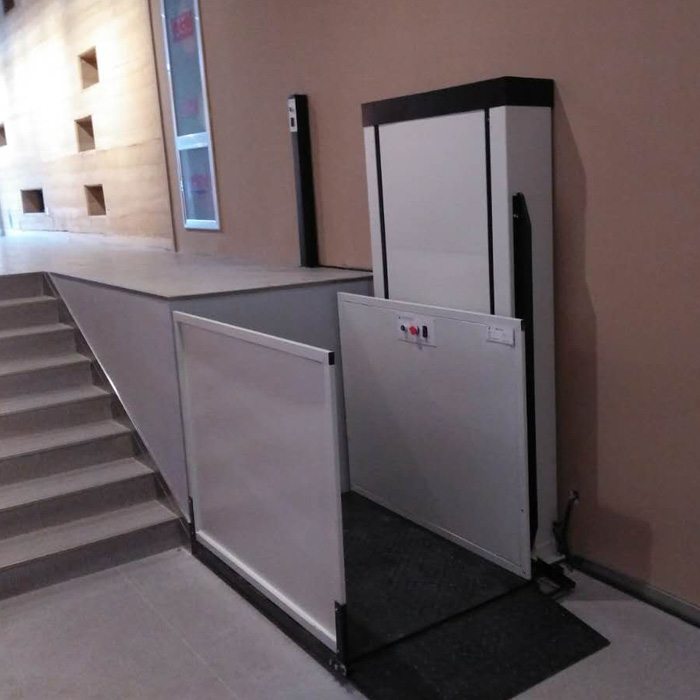
Vertical platform lifts provide a crucial means of transportation for individuals with mobility challenges, allowing them to access different levels of a building safely and independently. Because these lifts are designed to carry passengers, it is essential for them to include various safety features to ensure the well-being of the users. Some of the key safety features that vertical platform lifts should include are:
Emergency stop button: One essential safety feature that all vertical platform lifts should have is an emergency stop button. This allows passengers to quickly halt the lift’s movement in case of an emergency or if they feel unsafe. The emergency stop button should be easily accessible and clearly marked.
Safety sensors: Vertical platform lifts should be equipped with safety sensors that can detect obstructions or obstacles in the lift’s path. These sensors will automatically stop the lift if they detect any obstruction, preventing accidents and injuries.
Handrails and guardrails: Handrails and guardrails are essential safety features that provide stability and support for passengers while using the lift. Handrails should be placed at a comfortable height and provide a secure grip for passengers to hold onto during the ride. Guardrails should be installed around the lift platform to prevent passengers from falling off accidentally.
Non-slip platform surface: The platform of the lift should have a non-slip surface to prevent passengers from slipping and falling while entering, exiting, or traveling on the lift. This reduces the risk of accidents, especially in wet or slippery conditions.
Emergency battery backup: Vertical platform lifts should be equipped with an emergency battery backup system in case of a power outage. This ensures that passengers are not stranded in the lift if there is a loss of power, allowing them to safely exit the lift and reach a safe location.
